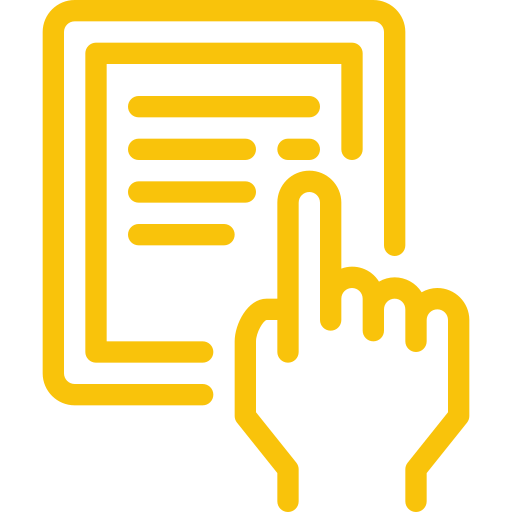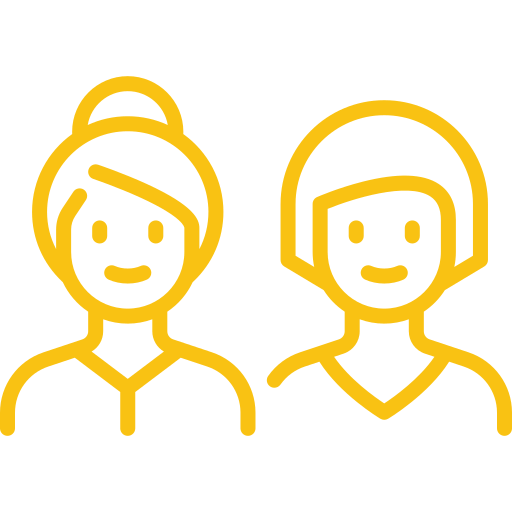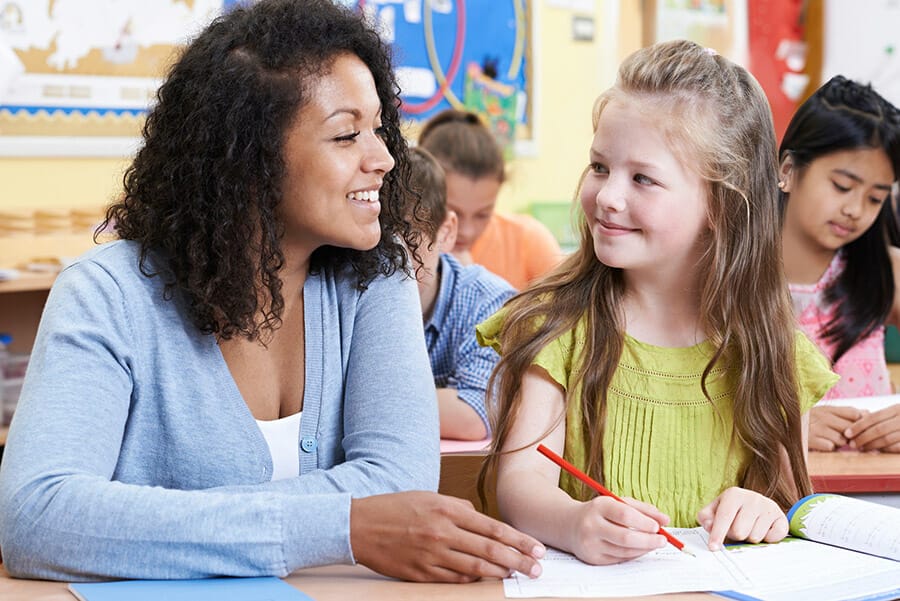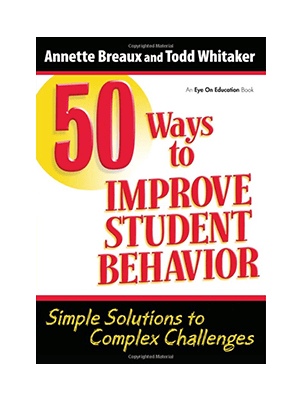The belief that people will rise to the expectations of others has been around for centuries. In education today, this belief is backed by research. Studies show that teacher expectations play a significant role in determining how well and how much students learn. This is due, in part, to the fact that how we expect students to behave – or how much we believe they can accomplish – influences how we treat students. We may not even be aware of the different ways we treat our “high” and “low” performing students, but even subtle differences can impact the way our students see themselves, and in turn, impact how much they achieve in school. It’s no surprise that the most inspiring teachers find ways to raise expectations and encourage self-confidence in every student! Read on to learn some simple classroom actions teachers can take to help struggling students achieve more.
How Our Actions Influence Student Achievement
Our goal is to help every child succeed in school. We also want our students to feel safe, supported, and cared for. Sometimes, in an effort to help struggling students feel more comfortable, we inadvertently set our expectations a bit lower. For example, we might:
- Ask more difficult questions of higher achieving students than lower achieving students
- Give less wait time to struggling students or simply give them the answer, rather than providing them with the right supports to discover the solution on their own
- Fill class time with more lecture in classes where lower-performing students tend to speak less, rather than building students’ discussion skills and encouraging student participation
- Allow lower performing students to sit in the back of the classroom, away from the teacher, to let them avoid uncomfortable participation
Even if we don’t tend to notice these slight changes, our students do. Students tend to internalize the beliefs teachers have about their ability. Ultimately, teachers’ expectations for their students (whether high or low) can become a self-fulfilling prophecy. This is why, when we seek to support struggling students, it can be helpful to examine the way we treat students and seek out ways to encourage every student equally in class.
Simple Actions to Raise Student Expectations and Achievement for All
Research shows that lower-performing students tend to be met with lower expectations and fewer positive interactions in school. To help teachers recognize and address some of these discrepancies, the TESA, or Teacher Expectations and Student Achievement, program was developed. The TESA program focuses on specific actions that teachers can take to build better connections with every student, even students that seem disconnected or disinterested in school. Specifically, TESA focuses on three actions: 1) how teachers respond to students, 2) the kind of feedback teachers provide to students, and 3) how teachers demonstrate personal regard for their students. If you have students who are struggling in class – or students with whom you struggle to connect– these simple actions can help.
Action 1: Find Opportunities to Respond to All Students Positively
Lower-achieving students tend to be called on less, asked “easier” questions when called on, and provided less time to respond before being given the answer (either by the teacher or another student). Teachers often do this because they feel a need to protect or “save” a struggling student from embarrassment, but unfortunately, these good intentions have negative results. Children quickly learn which students are viewed as more valued participants and less valued (i.e., underperforming) children learn to withdraw. Teachers can raise students’ confidence and expectations by ensuring that each day, every child is given:
- Equal time to share their knowledge and ideas in small and large groups;
- Opportunities answer creative or challenging questions that require more than basic recall;
- the same length of “wait time” to answer (and not simply provided an answer if they are stumped);
- Adequate help. While teachers are very good at helping students, lower-performing students tend to be less assertive in seeking that support while high-performing students tend to be more demanding. Think: How can we make time for and encourage students to seek support, even if they seem resistant to it?
Action 2: Provide Meaningful Praise and Feedback to Every Child
Research shows that high achieving students tend to receive more specific feedback on their performance than lower achieving students. In turn, struggling students are more likely to receive critical responses for incorrect behaviors or responses. Studies also show that in lower achieving classrooms, teachers spend about 80% of the time talking, while in higher achieving classrooms, teachers talk only 55% of the time. In essence, lower achieving students spend less time being heard, as a result they learn to see their teacher as the sole source of knowledge. We can reverse these trends by:
- Making daily efforts to provide direct praise and feedback to every student to encourage growth;
- Discovering ways to help students voice their unique perspectives in class and through their writing;
- Ensuring we consistently exhibit the same level of patience, empathy, and affirmational language with every student, even those who challenge us.
Meaningful feedback can also come from peers and self-assessments. In large classrooms where it may be difficult to reach every child every day, provide activities that encourage peer learning and self-reflection.
Action 3: Increase Personal Connections with Hard-to-Reach Students
Often the most enthusiastic or vocal students in the room receive the most attention. On the other hand, quieter and lower-performing students are called on less, are less “known” to their teachers, and typically feel less connected in school. We can foster a greater sense of belonging for all students by increasing our proximity, courtesy, and positive interactions. This includes:
- Building seating plans that allow us to be physically close to all students, especially lower-performing students, as they work. In one study, student achievement increased 10% by simply arranging desks so struggling students had more access to the teacher during work time.
- Developing skills and strategies to manage students’ misbehavior in calm and respectful ways. If we are challenged by students’ behaviors, we owe it to them and ourselves to seek outside help, take additional trainings, or work with trusted peers to find positive solutions.
- Making the effort to learn about students’ lives and interests in and out of school. Special assignments, journaling, and surveys can all help teachers connect with harder-to-reach students. Sometimes it takes considerable time and energy to connect with students who feel distrustful or disconnected, but slow steps each day are worth it.
Final Thoughts: Simple Changes, Big Results
While most teachers view these three actions as typical classroom behaviors, this list can serve as an excellent reminder whenever we find ourselves struggling to reach students. When we see a student struggling, we can ask ourselves: Is she being seen and heard in my class? Am I continuing to challenge her growth? Do I continue to seek new ways to help her academically and emotionally? Even a few positive changes can help children find greater confidence and success in school.
Works referenced / for more information see:
TESA Manual from http://bpsassets.weebly.com/uploads/9/9/3/2/9932784/1-20-12_tesa_manual_unit_1.pdf
Teacher Expectations and Student Achievement from www.effectiveteaching.com
























